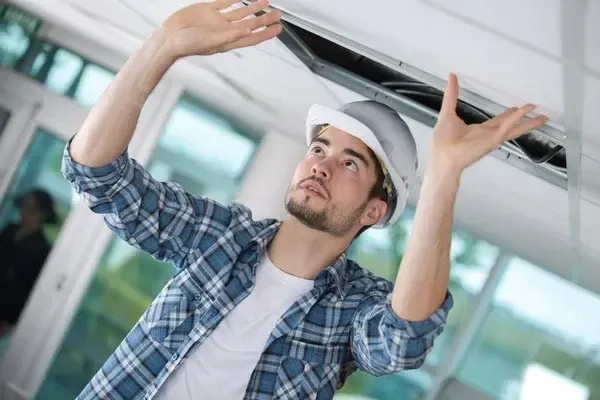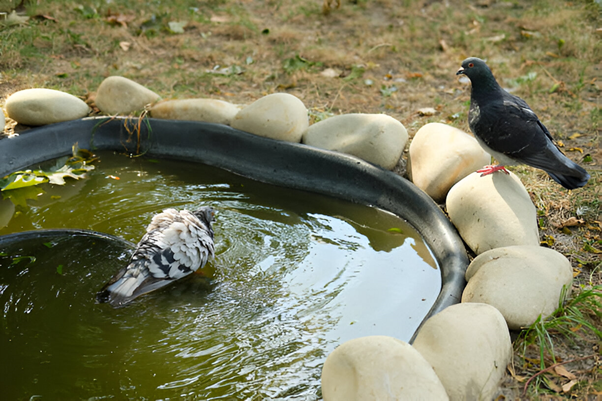Roof Leakage: A Silent Threat to Your Home and Environment
Roof leakage is more than just an inconvenience—it’s a warning sign of deeper issues affecting your home’s structural integrity, energy efficiency, and even its environmental impact. In Singapore, where unpredictable rain showers and high humidity are a given, addressing roof leakage swiftly is crucial not only for your home’s safety but also for reducing its carbon footprint.
The Hidden Costs of Roof Leakage
Ignoring roof leakage might save you effort today, but the long-term costs can be staggering. In Singapore’s tropical climate, leaks can escalate rapidly, leading to:
- Structural Damage: Water seepage weakens beams, ceilings, and walls, causing costly repairs.
- Mould Growth: The damp environment created by leaks is perfect for mould, which poses health risks, especially for children and the elderly.
- Energy Loss: Water damage often compromises insulation, increasing your air conditioning usage and, consequently, your energy bills.
- Decreased Property Value: Roof leakage lowers your home’s resale value as potential buyers factor in the cost of repairs.
The Building and Construction Authority (BCA) reports that water seepage is one of the top three complaints from Singaporean homeowners, underscoring the pervasive nature of this issue.
Common Causes of Roof Leakage
Roof leakage doesn’t happen overnight; it’s usually the result of overlooked vulnerabilities. Some common culprits include:
- Clogged Gutters: Blocked gutters and downspouts cause water to pool, eventually finding its way into your roof structure.
- Cracked Roofing Materials: Age and weathering cause cracks in tiles, shingles, or metal sheets, letting water seep through.
- Faulty Installation: Poor craftsmanship during roof installation often leads to gaps or poorly sealed joints.
- Ageing Roofs: Older roofs lose their ability to repel water effectively, especially without regular maintenance.
By identifying these issues early, you can prevent small problems from spiralling into large, expensive repairs.
Signs You May Have a Roof Leakage Problem
While some signs of roof leakage are obvious, others are subtler. Be vigilant for the following indicators:
- Water Stains: Yellow or brown stains on ceilings and walls often signal water seepage.
- Dripping Water: During heavy rain, you may notice water dripping from unexpected places.
- Peeling Paint or Wallpaper: Excess moisture causes walls to lose their finish.
- Mould or Mildew Smell: A persistent musty smell indicates hidden damp areas.
Proactive homeowners in Singapore can avoid extensive damage by acting quickly when these signs appear.
How to Address Roof Leakage in Singapore

Singapore’s humid and rainy climate makes roof maintenance a necessity. Here’s how to address roof leakage effectively:
1. Hire a Professional Inspection:
Engage licensed contractors to assess the extent of damage. A professional can identify underlying issues that may not be visible to the untrained eye.
2. Clean Gutters Regularly:
Ensure gutters are free of debris to allow proper water drainage.
3. Replace Damaged Roofing Materials:
Cracked tiles, warped metal sheets, or missing shingles should be replaced promptly.
4. Seal Vulnerable Areas:
Apply waterproofing materials to problem spots, such as joints and flashings.
5. Schedule Regular Maintenance:
Regular roof inspections, especially after the monsoon season, can catch potential issues early.
Singapore’s Housing Development Board (HDB) provides subsidised repair services for public housing, making it easier for homeowners to maintain their roofs.
The Environmental Impact of Roof Leakage
Roof leakage isn’t just a personal problem—it’s an environmental one. Damaged roofs contribute to inefficiency in energy use, driving up carbon emissions. Here’s how addressing leaks helps the planet:
- Reduces Energy Waste: Properly sealed roofs improve insulation, reducing the energy required for cooling.
- Prevents Material Waste: Repairing a roof extends its lifespan, reducing the demand for new materials and their associated production emissions.
- Minimises Water Damage: Effective water management systems like clean gutters reduce strain on Singapore’s drainage infrastructure during heavy rains.
By addressing roof leakage, you’re not just protecting your home; you’re contributing to a more sustainable urban environment.
Preventative Measures to Avoid Future Roof Leakage
Prevention is always better than cure, and when it comes to roof leakage, small steps can save you a lot of hassle. Consider these tips:
- Install Leaf Guards: Prevent debris from clogging your gutters.
- Trim Overhanging Trees: Falling branches can damage your roof and cause leaks.
- Choose High-Quality Materials: Invest in durable, weather-resistant roofing that stands up to Singapore’s climate.
- Apply Reflective Coatings: These not only protect your roof from water but also reduce heat absorption, improving energy efficiency.
Cost Implications of Roof Leakage Repairs
Roof leakage repairs can vary widely in cost, depending on the severity of the damage. Here’s an estimate:
- Basic Repairs: Small leaks typically cost between $150 and $500.
- Moderate Damage: Replacing tiles or sealing larger areas can range from $500 to $2,000.
- Extensive Repairs: Structural damage or complete roof replacement can cost upwards of $10,000.
Investing in regular maintenance saves money in the long run by preventing costly repairs.
Why Acting Now Matters
Inaction is the greatest risk when it comes to roof leakage. Small leaks worsen over time, leading to bigger problems like structural damage or even health risks from mould. Singapore’s wet climate compounds these issues, making swift action essential.
Remember, roof leakage isn’t just about patching a hole; it’s about protecting your investment, health, and the environment. By addressing issues promptly and implementing preventative measures, you can ensure a safer, more sustainable home. After all, in Singapore’s tropical climate, preparedness is key.
In the end, safeguarding your home from roof leakage is not just an act of maintenance—it’s a commitment to a better future.




